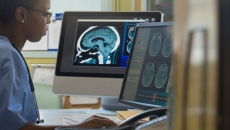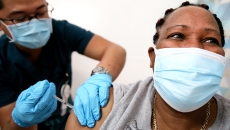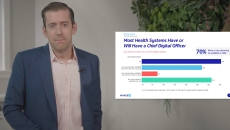Mike Miliard
The Boston-area health system hopes to have two clinical systems live by September and for the full digital platform, including 300 other apps, to be operational by this time next year – offering big opportunities for scaling AI and machine learning.
The agency says the DICOM standard used by picture archiving communication systems is open to exploitation when connected to the Internet, and that providers should act now to patch at-risk PACS.
Believe it or not, we're already halfway through the year. Here's what HITN readers have been clicking.
After agreeing to a "mutual separation," Rusty Frantz stepped down this week as president and chief executive officer, and also from the company's board.
Electronic health records are overloading outpatient docs with info in "disparate files and folders rather than presenting comprehensive, actionable data in a context that gives meaning," say researchers in a VA-funded study.
The initiative, funded from the American Rescue Plan, is aimed at public health informatics and data reporting. It seeks to boost minority-serving institutions such as HBCUs.
HIMSS21
There's widespread recognition that AI and machine learning have value, but also that they're not fully understood, according to the HIMSS State of Healthcare – which finds operational use cases slightly more favored than clinical ones.
HIMSS21
"My number one advice is don't be complacent," says Adam Zoller in advance of his HIMSS21 presentation, which will show how to build an agile security framework that's adaptable to fast-changing circumstances.
The two groups want more developers to achieve accreditation in the Trusted Dynamic Registration and Authorization Accreditation Program, and have chipped in to reduce the cost for devs who take part in the new CAQH Endpoint Directory.
D. Geoffrey Vince, a biomedical engineer at the health system, will lead new efforts to build out computer science and data research, with the goal of drug discovery and other clinical innovations.









